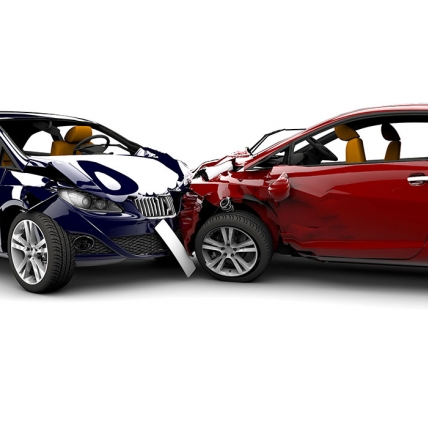How To Handle An Insurance Claim When You Are In An Accident

Determine and Proving who is at Fault in an Accident
Unfortunately, accidents do happen even to the most cautious drivers. Mishaps on the road can sometimes be prevented, but every driver needs to be prepared for the possibility of an accident. It is essential to determine who is at fault and to call the police to establish a record of the occurrence to be used later when filing a claim.
Through common sense, it is typically easy to figure out who was the careless driver, but beyond a verbal agreement, you will have to secure a written police report to support your insurance claim. Take note of the following steps to ensure fault is appropriately established.
1. Refer to the Vehicle Code. Identify which motorist is at fault by checking the vehicle code or traffic rules. A copy of the Vehicle Code can be found at the public library, law library, or at the Department of Motor Vehicles. Look for the rule that may be applied to your accident and copy the statute number and entire clause, verbatim. You can use this as a reference when you negotiate your claim with your insurance company.
2. Secure a Police/Accident Report. As soon as the accident occurs, call the police. Speak with the police officer, as your statement will help determine a clear account of the accident for the officer's report.
3. Know which accidents are classified as "No-Doubt or Obvious Liability." Was it a left turn accident or a rear-end collision? Insurance companies hardly bother to question accidents like these as the other party is at fault 99% of the time. The damage on the car (your damaged rear end and his damaged front end) states his car struck yours, and he is at fault, regardless of the reason you suddenly stopped. The car making a left turn is almost always the cause of the collision as the one heading straight has the right of way.
However, there are exceptions to the rule.
Rear-end collision: In the event one or both of your tail lights were not working when the accident occurred; your compensation may be reduced.
Left-turn accident: If the car heading straight was driving over the speed limit or was running the red light, then it is not the other car's fault.
4. Take photos of the damage, both on your car and the other party's car. Keep them as supporting documents to your insurance claim or for future reference.
The "Two-Second Rule"
An ounce of prevention is worth a pound of cure, and it is always better to drive cautiously than to be sorry later for causing harm to other motorists and passengers. Keep a gap of 2 seconds between your car and the car in front of you. If you reach a lamppost that the first car just passed in less than 2 seconds, you're driving too fast and too close. If the vehicle behind you seems in a hurry, let it overtake you.
In case of an accident, be alert and do not panic. You'll be able to identify and evaluate the cause of the accident better when your head is clear. Armed with complete information about the incident, you'll be ready to settle your claim with ease.

June 26, 2017
by
Sarah Fetyko Lucero
Senior Advisor

